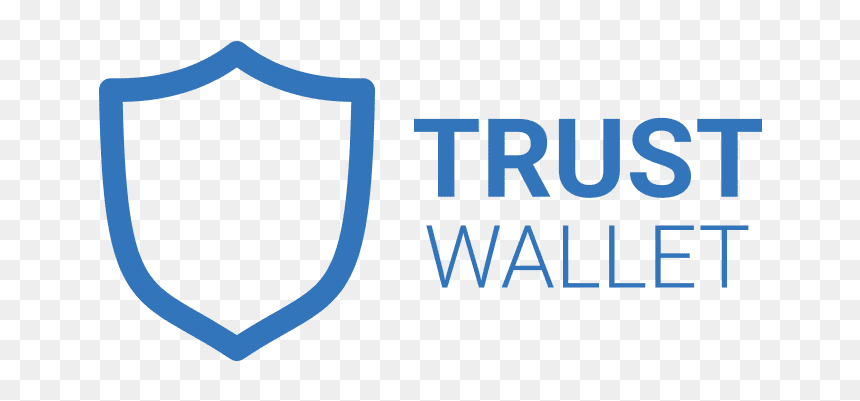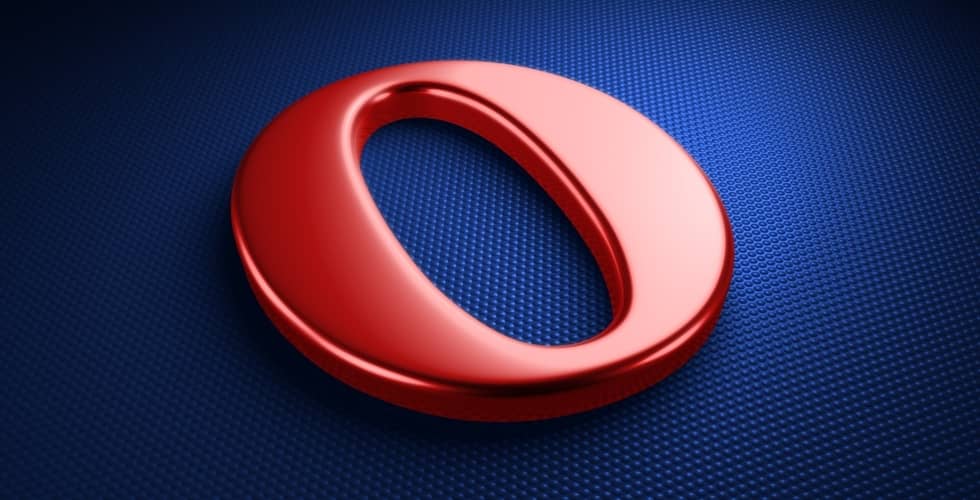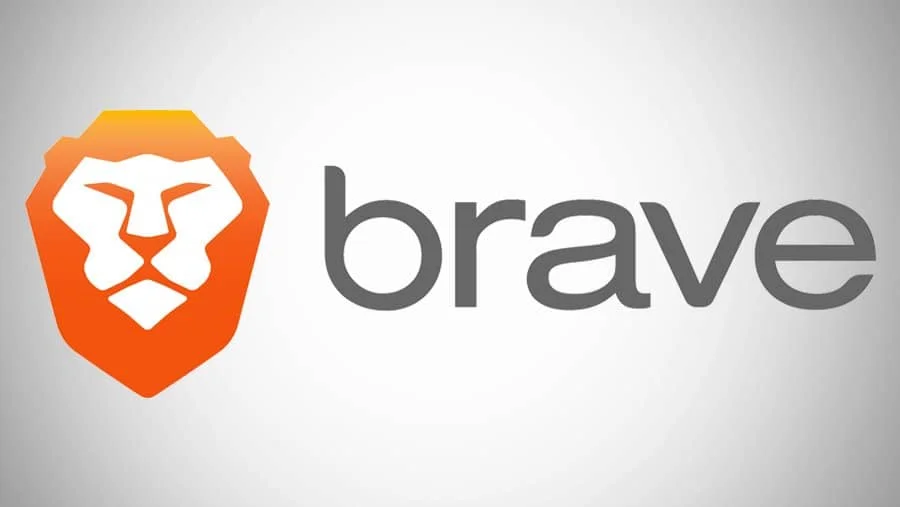Web3 wallets are a particular type of wallet that allows connecting and interacting with decentralized applications (dApps).
Best Web3 Wallets for 2024. Generally, web3 wallets are non-custodians. The funds we manage are under our absolute control. As administrators of these wallets, we are fully responsible for their security and the safekeeping of the keys or the seed phrase.
There are currently many Web3 wallets, some with unique capabilities. They all share a common point: they allow you to enjoy applications that you would otherwise not be able to use from DeFi applications, decentralized exchanges, sovereign identity systems, etc. In addition, there is no need to go through invasive KYC/AML (Know Your Customer/Anti-Money Laundering) processes, which can violate your privacy.
Managing a Web3 wallet requires responsibility because if we lose our wallet and its password or seed phrase, we will never be able to recover access to the funds. They give you absolute control over your money, but security depends solely and exclusively on you. On the positive side, backing them up is very easy. So, can you recover the funds if you have the seed phrase? Reinstall the wallet, use the backed-up seed phrase, and your money will await you.
Another advantage of Web 3.0 wallets is that they are easy to use and connect to dApps. Most of these wallets can be installed on Web browsers or smartphones, making them easy to use. The idea is to transition between the Web 2.0 and Web 3.0 worlds almost transparently.
Contents
What brings Web3 wallets?
Web3 wallets make it possible to be at the forefront of the evolution of the services that will dominate the Internet in the coming years. Web 1.0 changed the way we connect and inform ourselves. Web 2.0 introduced us to social networks, audiovisual content and streaming platforms, and various advances that allow us to work remotely. The progress gets amplified with Web 3. Technologies make everyone’s data more private, secure, and decentralized, opening the door to access these technologies from anywhere globally, without borders or censorship. The adoption of Web3 is a revolution affecting the economy, finance, society, and politics.
Years ago, no one could imagine a platform for savers or lenders to operate autonomously. Today, with blockchain and Web3, it is becoming an everyday occurrence. The elimination of intermediaries and the creation of a Decentralized Autonomous Organization (DAO) is where Web3 wallets have become an essential tool of the entire infrastructure and technology that supports them.
Types of Web3 wallets
There are different types of Web3 wallets. The most common is the software-based wallets. You can install it on a computer or smartphone. An excellent example of this type of wallet is MetaMask.
Another type of wallet is the hardware type. For example, wallets such as Trezor or Ledger can be used as Web3 wallets with other tools, such as MetaMask or MyEtherWallet. It is the most secure option, as the wallet keys always remain in the hardware wallet, where they are challenging to access.
Finally, a lesser-known type of Web3 wallet is the Smart Contract type. In this case, the wallet uses a double security approach. On the one hand, you need a wallet of the sorts mentioned above (a software wallet or a hardware wallet) to interact with the Smart Contract wallet. You can use them to interact with the Smart Contract wallet, which works through a multi-signature system. The mechanism requires a double signature to handle the funds, which adds security. They are complex and intended to manage the treasury of community projects, such as DAOs. An example of this type of wallet is Gnosis Wallet, which allows this operation over the Ethereum network.
These wallets have their pros and cons, which you should know beforehand. The best way to know which Web 3.0 wallet suits your needs is to do your DYOR (Do Your Own Research), looking for the perfect balance that suits your needs.
The best Web3.0 wallets
MetaMask
MetaMask is the most well-known Web3 wallet in the entire crypto world. Aaron Davis and Dan Finlay, two developers from ConsenSys, programmed the software in 2016. MetaMask has become the heart of Web3 on the Ethereum network. Its integration has been such that, by default, the wallet comes ready to use this cryptocurrency’s mainnet and testnet networks.


However, its potential does not end there. MetaMask can aggregate and control different cryptocurrencies that follow the Web3 standard, so it is possible to use MetaMask within blockchain networks. Those networks are Binance, Fantom, Cronos, Klaytn, Celo, Theta Network, Moonriver, Moonbeam, and hundreds of other blockchain networks. Adding such support is as easy as going to the Chainlist website and selecting the blockchain network you want to add to MetaMask. Or directly enter the network parameters into the wallet. MetaMask also offers the ability to connect to hardware wallets, which provides a higher level of security when handling cryptocurrencies, both in the Browser and on the smartphone.
These qualities have made MetaMask the number one wallet. The installation is simple; go to its official website and choose your desired option.
Trust Wallet
Trust Wallet is a cryptocurrency wallet with great features. First, it allows you to manage many cryptocurrencies, such as BTC, BCH, ETH, LTC, TRX, USDT, and DAI. It also offers support for different tokens on different networks. For example, you can use USDT on ERC-20, BEP-20, or TRC-20, allowing you to use the cheapest networks for trading.


It allows you to manage dApps from its integrated dApp browser or through external interactions through QR reading. Currently, Trust Wallet is one of the best wallets in the world. Binance backs the wallet as the main developer. Does this mean that Trust Wallet is a custodian wallet? Not at all. Trust Wallet is an entirely non-custodian wallet, so each person’s funds inside the wallet are wholly managed, which represents a plus of security and privacy.
Opera Browser Wallet
The advancement of Web3 applications and apps over the Internet has been so impressive that web browsers already offer support for Web3 wallets. The Opera browser provides built-in support for a Web3 wallet and the ability to use IPFS decentralized storage networks. By installing this powerful Web browser, you will already have a mighty, fully decentralized Web3 wallet.


Activating the wallet is very simple. After installing Opera on your computer or smartphone, go to the browser settings and activate the cryptocurrency wallet. The setup process is the same as MetaMask, as developers used Metamask for inspiration.
Just click “Create New Wallet,” and you will be asked for a password (remember, a secure one). Then, the wallet shows the words of the seed phrase, which you will have to write down in strict order and form to store later in a safe place. With this, you will have your wallet ready to browse the Ethereum and Polygon dApps by default at the end of the process.
Brave Browser Wallet
Brave Browser is the first web browser to offer a crypto wallet integrated into its software. Getting started with this Browser is as simple as installing the Browser and clicking on the wallet icon in your navigation bar. When clicked, it quickly directs you to the wallet setup. You can start by clicking the “get started” button, after which the wallet asks for a password.


When you follow this process, the seed phrase will be displayed, which you must copy in strict order and without errors, then confirm it in a small puzzle. Finally, our Brave Wallet Browser will be fully activated and ready for use in networks like Ethereum.
